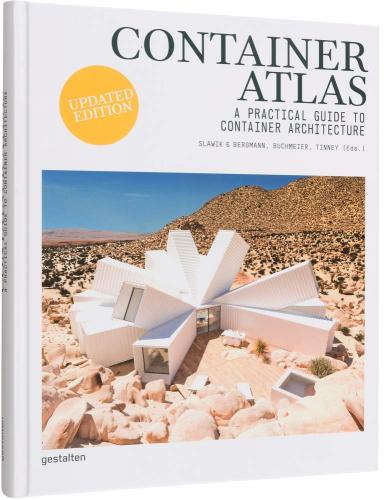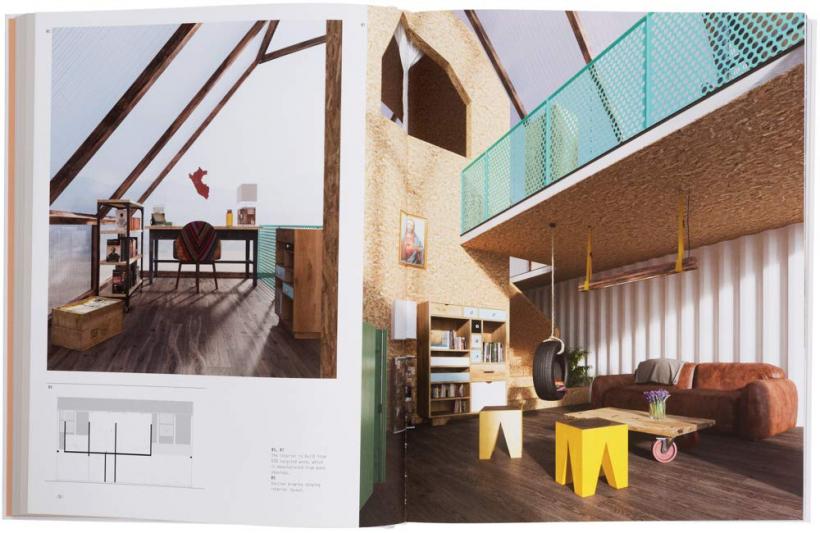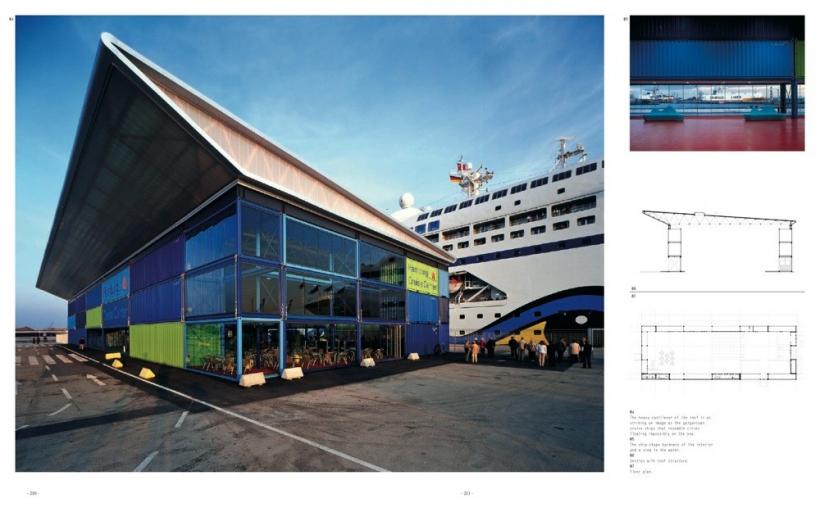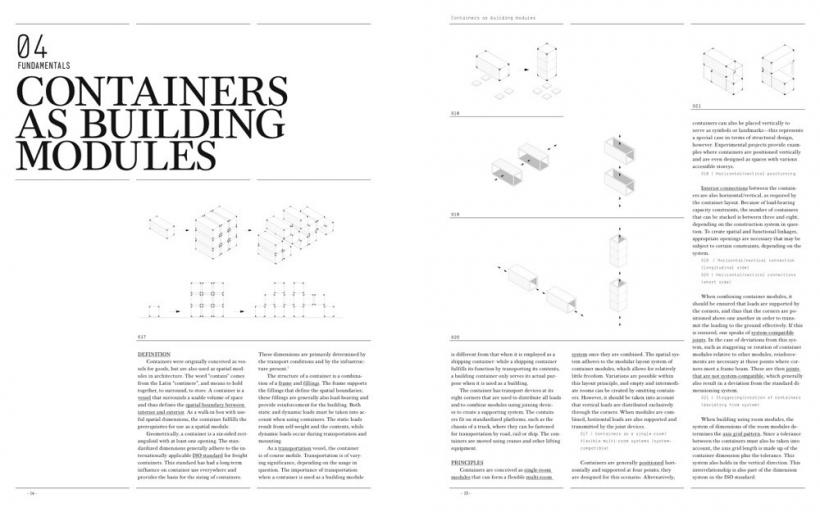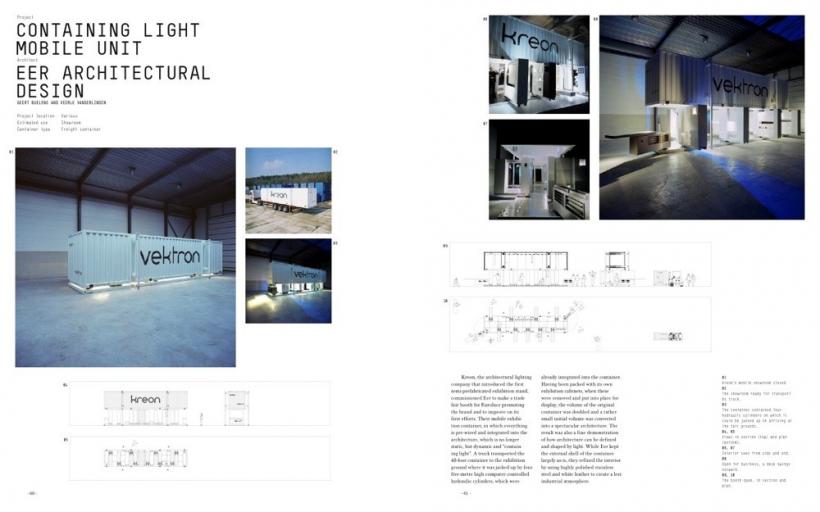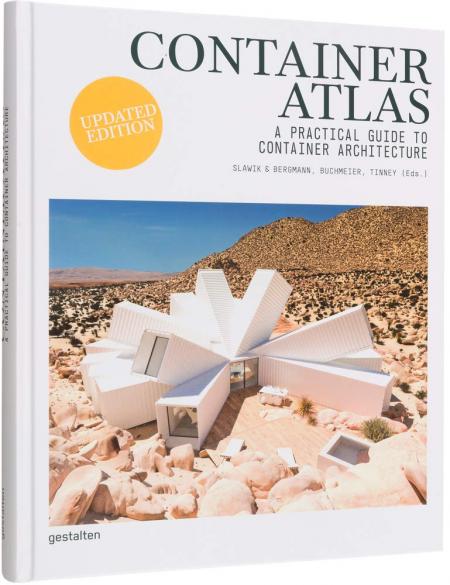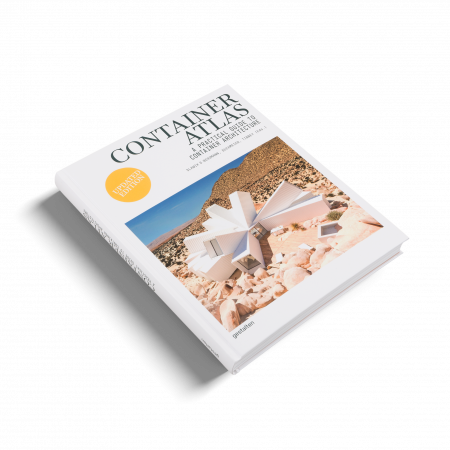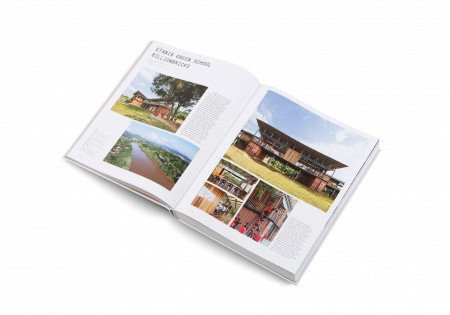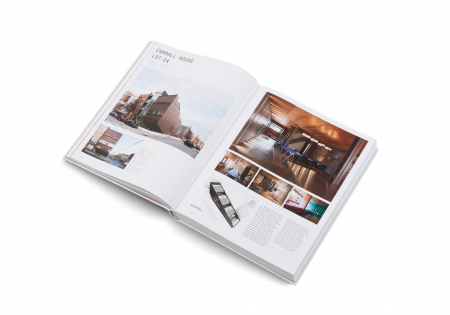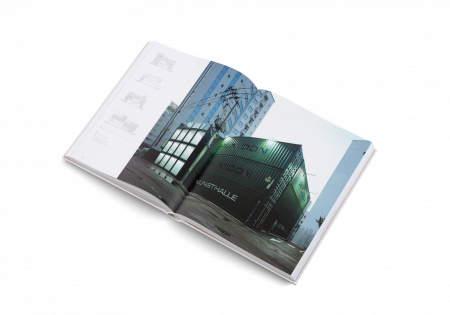Container Atlas. A Practical Guide to Container Architecture. Updated & Extended version
Han Slawik, Julia Bergmann, Matthias Buchmeier, Sonja Tinney
Цена:
2800
грн
Есть в наличии
ID:
11079
Переплёт:
Hardcover, 24 x 30 cm
Количество страниц:
304, Full color
Год издания:
2020
Язык:
English
ISBN-13:
9783899556698
A comprehensive guide to container architecture with examples, historical context and practical how-to advice.
This book presents a wide range of projects in container architecture – a contemporary architectural phenomenon. It features container structures used as pop-up stores and temporary exhibits as well as sophisticated housing and office spaces that provoke and inspire while setting new standards in functionality and aesthetics. But the book is not only visually inspiring. Because it documents plans, describes associated costs and suggests concrete solutions for common problems, it is a practical reference for architects, planners, and cultural activists as well as event and marketing managers, to guide them in deciding what types of containers are best suited to their upcoming projects.
Shipping containers are modular, affordable, and virtually indestructible. More and more often they are being used to build temporary structures such as pavilions, offices, galleries, and bars that can be easily moved if necessary. This phenomenon has a name: container architecture.
Container Atlas presents a wide range of contemporary projects along with an in-depth investigation into the background and evolution of this topical field. The book illustrates how containers are being used as building blocks to accommodate the daily lives and special events of urban nomads. Because the structures that containers are used to build are not meant to be permanent, their architecture has a more short-term and playful character that often references current trends. Container Atlas features advertising, pop-up stores, and temporary exhibits that are built using this approach as well as sophisticated housing and office spaces. Found in both urban and rural settings, these container structures provoke and inspire while setting new standards in functionality and aesthetics.
With years of theoretical and practical experience in the fields of container architecture and modular building, architect and professor Han Slawik and his team have established themselves as international experts in these fields.
____________
Container Atlas seeks out luxurious remote hideaways, urban dwellings, community centers, and more, all showing how the humble container can put the fab into pre-fab.
Container architecture has become an essential part of our twenty-first-century surroundings, with it being used to create modular structures for pavilions, brand showrooms, retail premises, and even residential homes. Ten years after the first publication of Container Atlas, this eagerly anticipated follow-up charts how this movement has evolved into an essential part of today’s architectural vocabulary. Container Atlas serves as a practical and inspirational reference not only for architects and engineers but also for all creatives eager to learn about the rich and diverse language of container architecture and modular building.
About the Authors:
Architect and Professor Han Slawik and his team have established themselves as international experts in the field of container architecture. He is the author of the first edition of Container Atlas and has returned to the subject with refreshed insights into this burgeoning movement.
